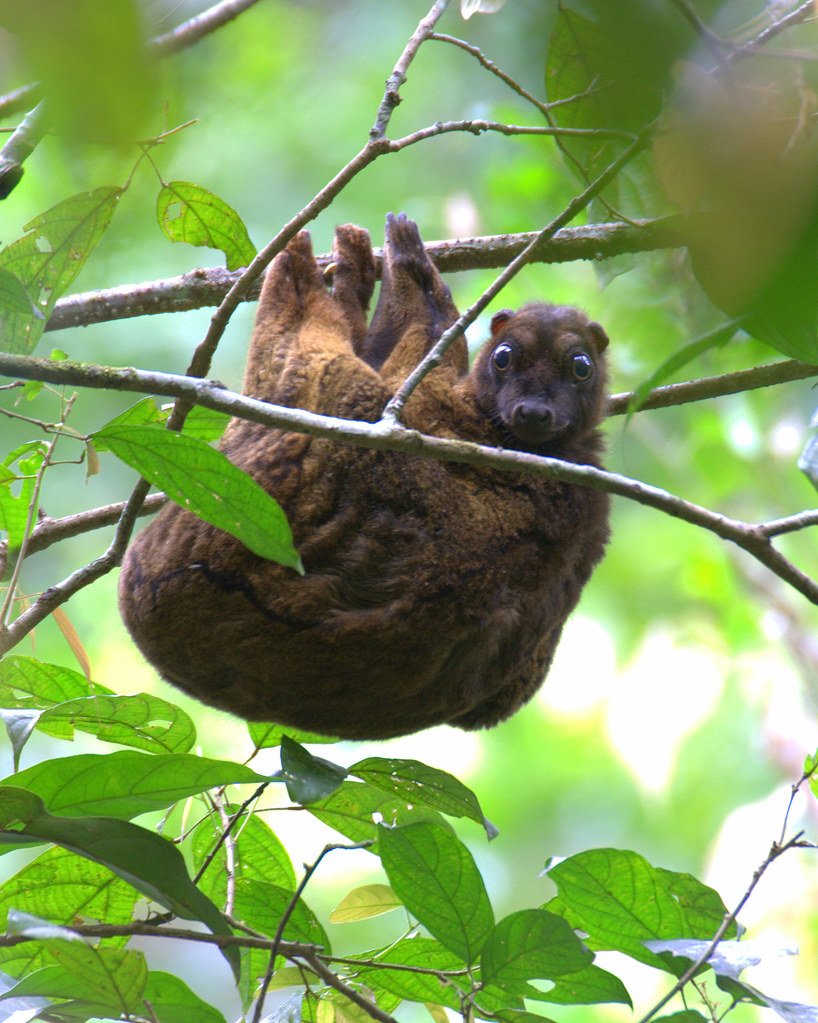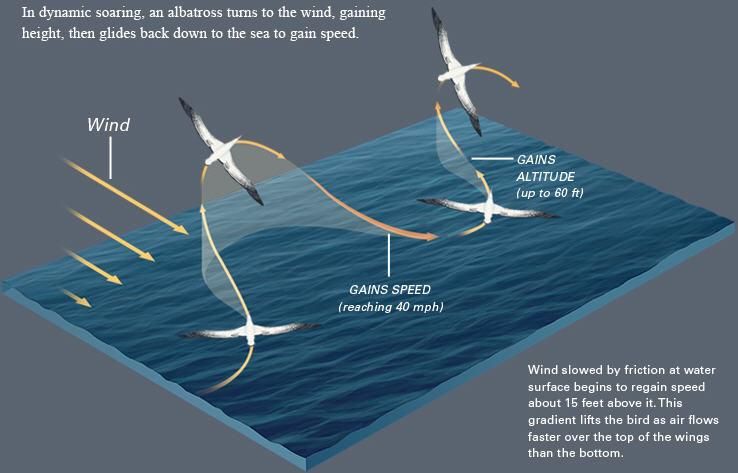
🐍☠️10 of the deadliest snakes
They hiss, they slither and unfortunately for humans and unsuspecting prey, they bite. Snakes bite about 5.4 million people every year, resulting in between 81,000 and 138,000 deaths
They hiss, they slither and unfortunately for humans and unsuspecting prey, they bite. Snakes bite about 5.4 million people every year, resulting in between 81,000 and 138,000 deaths

#10 Black mamba (Dendroaspis polylepis)
Africa's deadliest snake can kill a person with just 2 drops of venom. They are ~2,5 meters & are born with 2 to 3 drops of venom in each fang, so they are lethal from the get-go. Adults can store up to 20 drops in each of their fangs.
Africa's deadliest snake can kill a person with just 2 drops of venom. They are ~2,5 meters & are born with 2 to 3 drops of venom in each fang, so they are lethal from the get-go. Adults can store up to 20 drops in each of their fangs.

#9 Fer-de-lance
A bite from this snake can turn a person's body tissue black as it begins to die. These pit vipers, which live in Central and South America and are 1,2-2,5m long and up to 6kg, are responsible for about half of all snakebite venom poisonings in Central America.
A bite from this snake can turn a person's body tissue black as it begins to die. These pit vipers, which live in Central and South America and are 1,2-2,5m long and up to 6kg, are responsible for about half of all snakebite venom poisonings in Central America.

#8 Boomslang
The boomslang, which can be found throughout Africa is one of the most venomous of the rear-fanged snakes. They can fold their fangs back into their mouths. This deadly snake has hemotoxic venom that causes their victims to bleed out internally & externally
The boomslang, which can be found throughout Africa is one of the most venomous of the rear-fanged snakes. They can fold their fangs back into their mouths. This deadly snake has hemotoxic venom that causes their victims to bleed out internally & externally

• • •
Missing some Tweet in this thread? You can try to
force a refresh




















